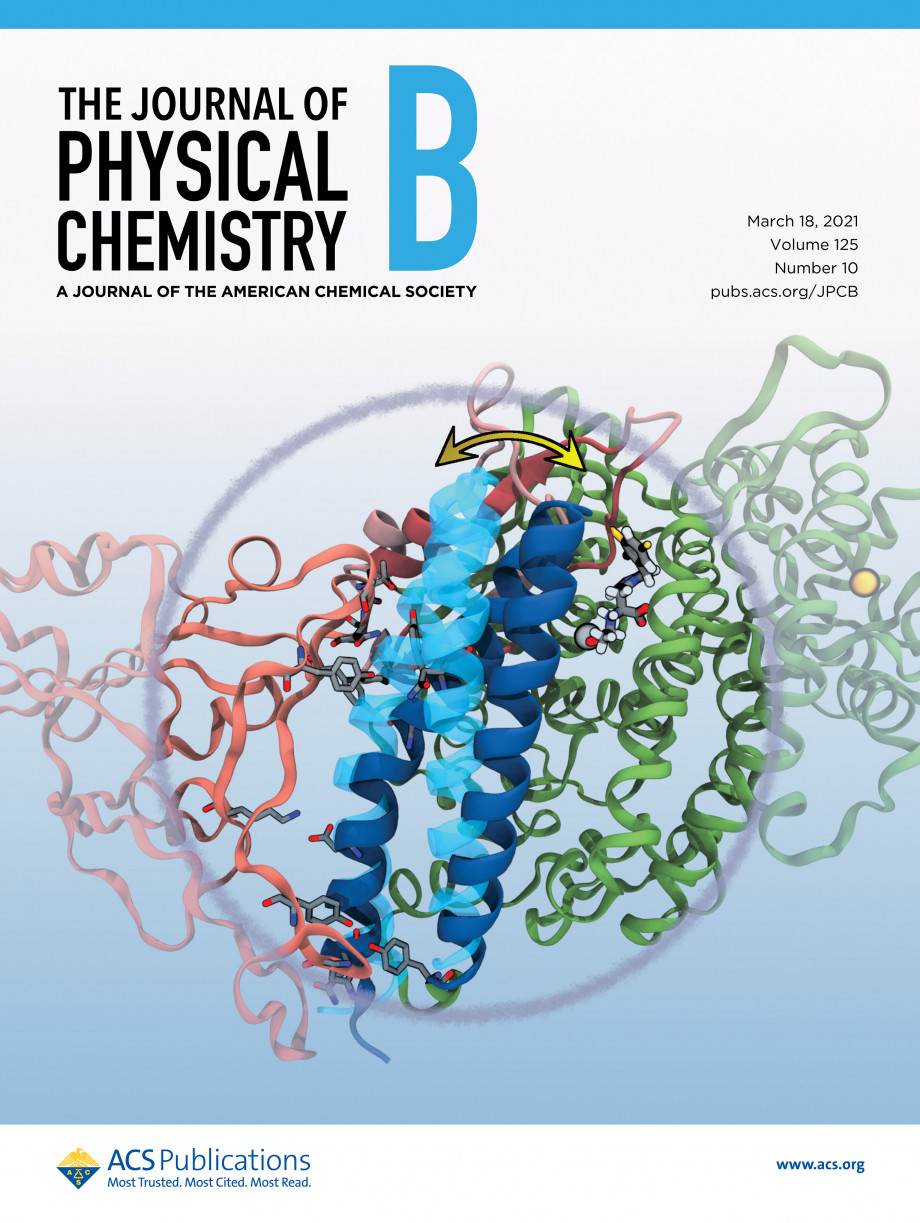Once the COVID virus enters the body, it binds to and enters a cell, and starts producing copies of itself. Each new viral particle that is released can then bind to a new cell, and thus the infection takes hold throughout the body. During that initial binding process, a protein on the surface of the cell acts as the connection point for the virus. The intricate arrangement of virus and cell receptor protein results in the formation of strong bonds that allow the attached virus to then enter the cell. Stop these bonds from forming, and the virus has a much harder time taking hold in the body. A team from RMIT and Monash Universities doing molecular simulations with NCI’s Gadi supercomputer is focusing on disrupting these bonds as a potential approach to treating COVID-19 infection.
The receptor protein that the virus binds to, called ACE2, has been subject to a huge amount of research interest since the start of the pandemic. Professor Mibel Aguilar from Monash University was one of the few people in the country researching ACE2 before the COVID pandemic. Her detailed understanding of the protein has proved invaluable, testament to the value of long-term science. Now, the team of computational chemists from RMIT and molecular biologists from Monash are looking in detail at ACE2 to find a way to inhibit its effectiveness as a receptor for the binding of the COVID virus.

Instead of directly blocking the binding site, the team is attempting to interfere with the binding interface, change its structure, and thereby reduce the ability for the virus to bind. Like changing a keyhole’s shape to stop its key from fitting, slight tweaks to the layout of the ACE2 protein can stop the COVID virus from being able to attach itself to the human cells.
Professor Irene Yarovsky says, “With our combination of expertise, it made perfect sense to go into this area of COVID protein modelling. Our technical and scientific capabilities lined up with the societal need for this research. We are hopeful that this work can bring us closer to a medicine that helps stop the COVID-19 pandemic.”
Requiring 16 processors and several of Gadi’s Graphics Processing Units (GPUs) running in parallel to accelerate the codes, the research team is looking in high-resolution at the biomolecular interactions taking place at that binding interface between ACE2 and the COVID virus’s spike protein. Dr Billy Williams-Noonan says, “The code runs three times faster when we use GPUs, and even then it takes a lot of processing to see the interactions evolving between these proteins.”
Small changes in the shape or arrangement of the proteins involved can have a big impact on their behaviours. The team has shown that by using a particular inhibitor molecule connected to the ACE2 protein, they can affect its structure, make it more mobile and reduce the COVID virus binding ability. They are now looking for other inhibitor molecules that can perform that role more effectively.
High-resolution molecular simulations provide the team with a detailed view of the interactions that lead to viral infection. This helps the experimental lab testing team working with physical samples to learn about the interactions between the virus’s spike protein and its human receptor, and test potential new ways of disrupting these interactions. Working on both experimental and computational methods speeds up the research process and brings the team closer to designing an effective treatment. Dr Nevena Todorova says, “It is a privilege to be able to work directly on the molecules that are having such a major impact on all of us around the world. The progress we are making is a very exciting thing to be a part of.”
The full paper about this research can be found here: https://pubs.acs.org/doi/10.1021/acs.jpcb.0c11321